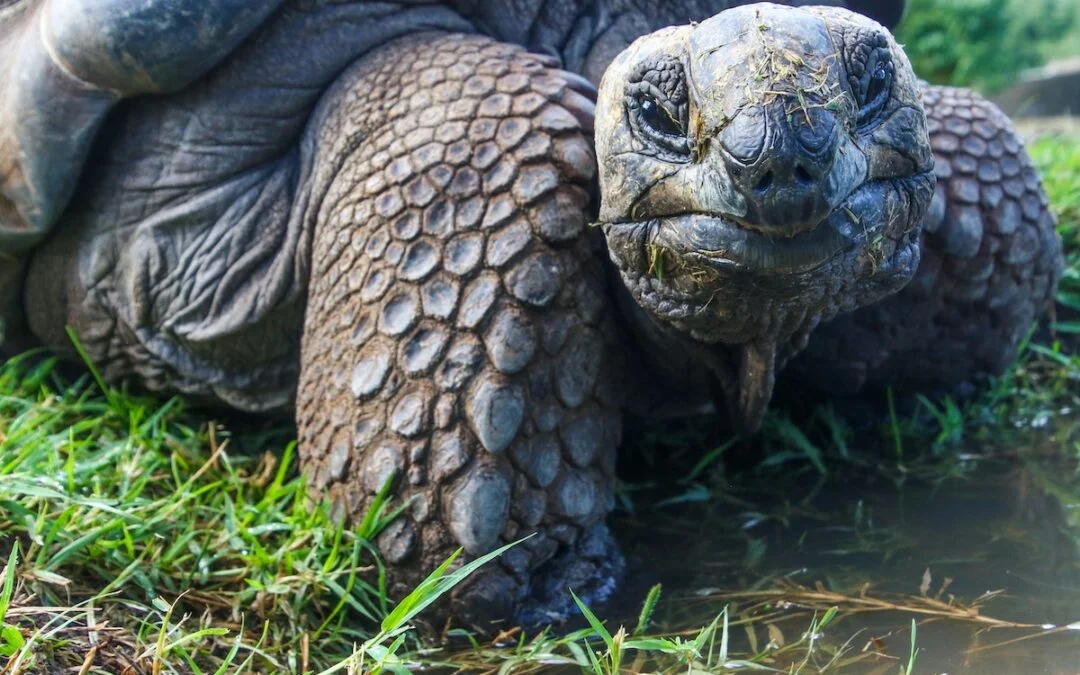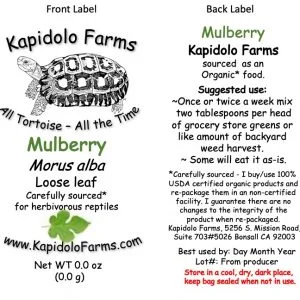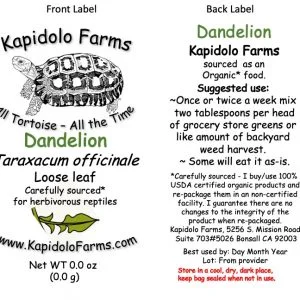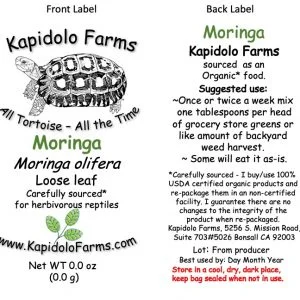If you want to ensure the fitness and health of your pets, providing them with proper nutrients and minerals is crucial. However, when it comes to feeding tortoises, it’s important to understand that their nutritional requirements vary across different species.
To offer a well-balanced diet, it’s essential to know what tortoises consume in the wild. Nonetheless, it’s not always straightforward. Do tortoises need to eat daily? Which foods are considered toxic to tortoises? How long can they go without eating?
In this article, we will delve into the diets of tortoises and explore the best practices for caring for them.
What Foods Do Tortoises Eat in the Wild?
To understand more about animals’ diets, it is important to know the food they eat when they are in their natural habitat. In this way, you will be able to realize what essential nutrients they require so they can thrive.
Since tortoises can be found almost anywhere, it’s not surprising that their diets vary. Some of them love to drink a lot of water while others require more protein.
Typically, tortoises are classified as grazers. In other words, they wander from one place to another, eating different kinds of food. Most often, their diet will greatly depend on the place where they currently live in.
What are the Different Varieties of Tortoises?
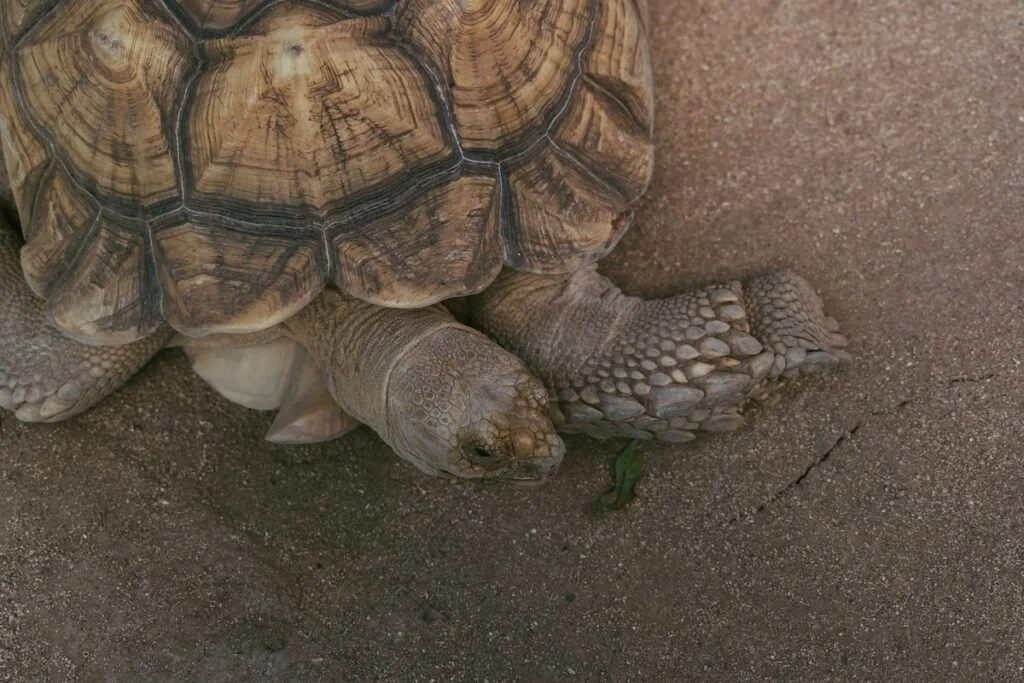
Tropical Tortoises in Arid Climates
Tropical tortoises that live in dry habitats usually have fewer choices for their food. There is a wide range of tortoise species that live in arid climates such as the Leopard tortoise, Sulcata tortoise, and Indian star tortoise. Most likely, these tortoises eat leaves, grasses, and stems.
Tropical Tortoises in Jungle Areas
Another variety of tropical tortoises is those that live in the jungle. They can be seen in rainforests where there is abundant food such as different varieties of fruits and plants. Tropical tortoises that live in the jungle include yellow-footed tortoises and red-footed tortoises.
Mediterranean Tortoises
Basically, Mediterranean tortoises live in grasslands and eat shrubs and succulents. Some Mediterranean tortoise species include Spur thighed tortoise, Hermann’s tortoise, Marginated tortoise, and Russian tortoise.
How to Feed Your Tortoise
After knowing the natural diet of tortoises when they are in the wild, how can this help us in determining the kind of foods we need to feed them?
This is the reason why researchers study the foods that tortoises eat in the wild so they can compute the nutrients that they need and find out the food items that have the same nutritional value.
This guide allows you to know the foods that you can and cannot give to your tortoise, whether the food comes from your own garden, or you bought it at the supermarket.
Since their diets vary tremendously, it can greatly help if we try to break them down to make sure that your tortoise is provided with the best care.
Before letting a tortoise become part of your family, it is important that you should do some research about tortoise care first. As a tortoise parent, it is important that you provide them with everything that they need.
What Do Russian Tortoise Eat?
Even though the Russian Tortoise is considered one of the most popular pet tortoises all over the world, there is only a little information known about their diet.
When they are living in their natural habitat, Russian tortoises usually graze on succulents, grasses, and stems. The good news is you can easily accomplish this in your own home.
You can serve clover and dandelions to your Russian tortoise. Other options include bramble leaves, plantain, and chickweed.
Additionally, you can also purchase a bag of kale at the supermarket and combine them with the greens of turnips. Another excellent addition to their diet would be a baby leaf salad.
Perhaps you could also feed them with cauliflower, broccoli, or peppers. Occasionally, you could give them treats, or some melon or strawberries.
What Do Hermann’s Tortoises Eat?
It’s been known that when Hermann’s tortoises are in the wild, they feed themselves with animal protein. Hence, you could feed them with a bit of dog food.
Nevertheless, it is still recommended that you should give them veg. In fact, if their diet can provide them with everything that they want, then an additional protein might not be essential.
The best options would be weeds and grass that are rich in fiber such as collard greens, dandelion leaves, or parsley, which you can easily find in the supermarket.
For additional fiber, you could also add some alfalfa to their diet. You could also feed them with cacti, although this is quite uncommon, however, they are a good source of hydration.
Just like Russian species, you can also feed your Hermann’s tortoises with cabbage leaves, butternut squash, or some peppers. However, when it comes to fruits, you should be very careful and only give them once every couple of weeks.
This is because Mediterranean tortoises are not good at digesting them compared to other species.
What Does the Sulcata Tortoise Eat?
Among the tortoises, Sulcata tortoises are the third largest species. Generally, they are grazers and can eat different types of stems and grasses.
To make sure that they are getting the proper nutrition, you could feed them with lots of grasses, alfalfa, and dark leafy greens. Other alternatives include prickly pear cacti or some dandelions.
If you can find them, they could be excellent additions to their diet. To ensure that your tortoise is getting all the essential nutrients, you can provide them with specially formulated tortoise foods. This can also help in avoiding any health problems.
Just like the other tortoises that we’ve mentioned above, you can give them small amounts of fruits, such as berries, melon, or apples, on an occasional basis. Even though your tortoise will surely love its taste, they are rich in sugar which could lead to some health problems if they ate a lot.
What Do Red-Footed Tortoises Eat?
Even though red-footed tortoises are classified as omnivores, it is recommended that you should feed them with fruits, vegetables, flowers, and greens.
And make sure that they have a big part of their diet. You could even include hibiscus flowers, mustard greens, dandelions, or any other leafy greens in their diet.
However, compared to other tortoise species, red-footed tortoises need more protein, hence, it is recommended that you should supplement their diet with mealworms or a tortoise pellet, so they can get all the nutrients that they require.
You could also give them some fruits such as apples, berries, etc. They need them more often compared to the other species. How about some vegetables? Red-footed tortoises would also love to have some broccoli, butternut squash, or peppers.
What Do Leopard Tortoises Eat?
Since Leopard tortoises require a high content of fiber, you should feed them with grass hay. Other alternatives include clover, sowthistles, plantain weeds, as well as any broadleaf weeds.
To provide them with the vitamins that they require, you should provide them with dark leafy greens. You might also find that they love eating herbs such as mint, parsley, and coriander.
On the other hand, if you put your tortoise in the garden to enjoy the warm sunshine, then your tortoise can enjoy grazing on the grass. Nevertheless, always be sure that you can watch them over and take out anything that might be toxic. You could add a small number of fruits to their diet such as berries.
Kapidolo Farms offers different types of food for your tortoise. For more details, you can call us at 215-483-7675 or send us an email at kapidolofarms@gmail.com.


